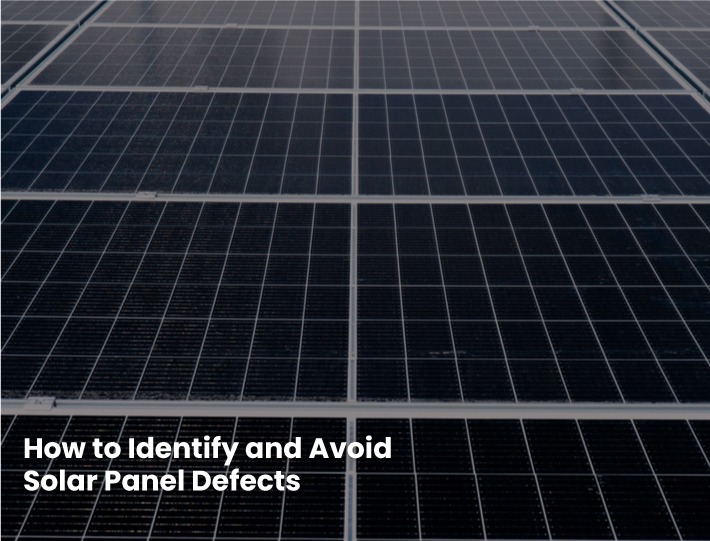Detailed Guide for Solar Rebate in Australia 2022
Australia's Small-Scale Renewable Energy Scheme provides solar panel rebates. The Small-Scale Technology Certificates (STCs) can be used to obtain a discount on qualified solar power systems (STCs).
A registered agent can issue and exchange STCs for a reduction on the cost of a solar system, which is transferrable. When it comes to solar energy, this plan is a great way to save money. As of 2017, the STC programme is set to expire in the year 2030.
How Much Rebate do I Get for Solar Power?
Megawatt-hours of power generation are eligible for renewable energy certificates under the STC programme (REC). Only solar panels and solar power systems that satisfy the required specifications are eligible for solar panel rebate and STCs.
Depending on the state or area, the fluctuation value of the STCs, and the deeming period, the amount of refund you get for solar installation changes every year.
You can find out how much STC you are eligible for by using an STC calculator. You can figure out how many STCs you're entitled for by using the formula shown below: Postal code rating x Deeming Period x Size of the Solar System. You'll obtain less STCs if the deeming period is short. While in 2018 it was 13 years, in 2019 it's just 12 years, for example.
Are Solar Panels Worth It in Australia?
In light of Australia's persistently high electricity costs, many people are turning to solar power systems as a way to cut their power bills. This is especially true given since solar panel prices in Australia are at an all-time low followed by solar battery rebate.
It is now feasible to earn a return on your investment from a domestic solar system in 3-5 years due to the low cost of high-quality solar panels. Let's take a look at the figures to see if solar power is a viable option for your family and how much you can expect to save by installing one by a solar power company.
What Is The Best Way To Determine If I Am Eligible For A Refund?
For the most part, qualifying for the federal solar energy subsidy is a given in every state and is rather comparable across the board. To be eligible for the programme, you must meet the following criteria:
- An appropriate small-scale PV system must be used for the solar panels. It's very usual for this to happen.
- The location where a solar power system will be installed should be considered. In this context, it suggests that the system should be implemented in a residence, such as a townhouse, a store, or a house.
- New and comprehensive systems must be installed.
- The solar credits are generated just once for a single system installation, regardless of the deeming period.
- In order to qualify for STCs, the solar installation must have been up and running for no more than a year at the time of application.
Your Solar System's Financing Options
It takes money to put in a solar power system. There is an initial outlay, but over time it will pay for itself (even faster if your home is energy efficient). While going solar is an excellent investment if you have a large sum of money to spare, we recognise that this is not the case for most Australian homes.

